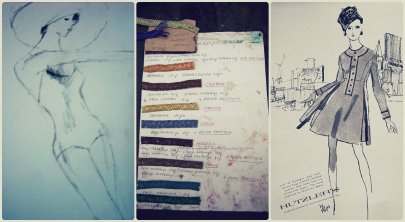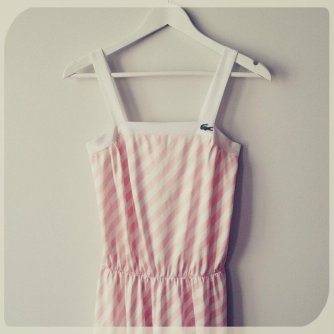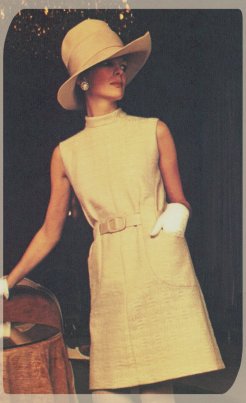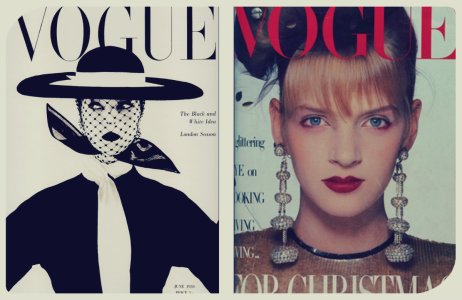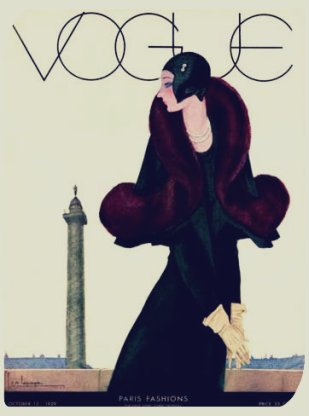DVDs, CDs, Zak Posen, Books…Hang on a minute; did you just say Zak Posen…on Amazon?
It’s well known that Amazon has been trying to enter the fashion world for some time, and 2015/2016 has really seen it step up its efforts to break the notoriously difficult market.

Hey little guy! We love the Ama-bot! Perhaps all Amazon fashion deliveries should come in a package like this one…
The beginning…
Amazon has been on the fashion trail since as early as 2006 when it first acquired online retail website SHOPBOP. In 2011 it launched MyHabit, another online retail website created “in response to customers’ desires to shop intelligently from a selection of great brands”.
In 2012 it really took a leap of faith, opening a huge Brooklyn photography studio, hiring Barneys’ Fashion Director as an advisor and launching My Fashion on the Amazon website, a section dedicated to all things fashion. The following year saw the launch of East Dane, an equivalent to SHOPBOP targeting the male market.

Amazon pulled out all of the stops, even hiring Barneys’ NYC fashion director to advise on all things fashion!
Louis Vuitton on Amazon?
So has Amazon attracted any high fashion brands?
Well, not as yet, unfortunately! Designers such as Louis Vuitton have been reluctant to create an association with Amazon, preferring to keep their designs exclusive and prices high. In fact, the then Louis Vuitton Chief Executive, Yves Carcelle, made this perfectly clear during 2012, telling Vogue UK that “Amazon will never sell Louis Vuitton, because we are the only ones that sell it.”

“Amazon will never sell Louis Vuitton”…
In 2015, the Chief Marketing Officer of Amazon’s fashion division explained to Business of Fashion that they were not targeting designer brands, confirming that “there has been a lot of speculation on us entering the luxury market and that is just not something we’re focused on right now.”
So which brave brands have been enticed by Amazon? Well, high profile designers such as Zac Posen and Kate Spade are both available on the US site, whilst Lacoste, Calvin Klein, Tommy Hilfiger and Hugo Boss can also all be purchased via amazon.com. Amazon also has a partnership with department store giants Debenhams. So whilst many designer brands may have thus far resisted Amazon’s call, Zac Posen can hardly be considered downmarket (especially not when a handbag could set you back $595!).

…but it will sell Lacoste!
The mission continues
Not one to be defeated, Amazon has continued to try and develop its fashion credentials, sponsoring the first ever New York Men’s Fashion Week held in July 2015, and the OCFDA/ Vogue Fashion Fund Fashion Show held during October 2015.

All about British Vogue
It has also partnered with up and coming British model Suki Waterhouse, marketing her favourite Autumn/Winter pieces that are all purchasable on Amazon, whilst East Dane has launched a new Michael Kors collection dedicated to ‘streamlined accessories’.
October 2015 saw the purchase of the new season of the fashion based reality show ‘The Fashion Fund’. The show features none other than fashion royalty Anna Wintour and Diane von Furstenberg, and a dedicated section on the Amazon website will be set up to sell a collection of the 2015 finalists’ designs.
The new Prime Now service may also be a step towards the coveted fashion elite, with customers able to buy clothing and accessories with one and two hour delivery slots.
The future…
It’s clear that Amazon has increased its efforts to become a fashion destination, and there appears to be no sign yet that it will be slowing down any time soon. So whilst you may have to currently shop elsewhere for your Chanel handbag or Louboutin heels, there may be a time very soon when you can buy these alongside your books, DVDs and CDs, perhaps even by drone delivery!

Wonder what Coco would think about her legacy brand being potentially bought alongside groceries?!




























